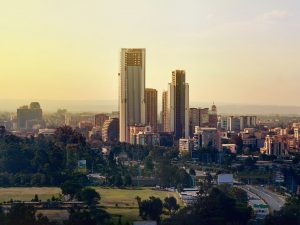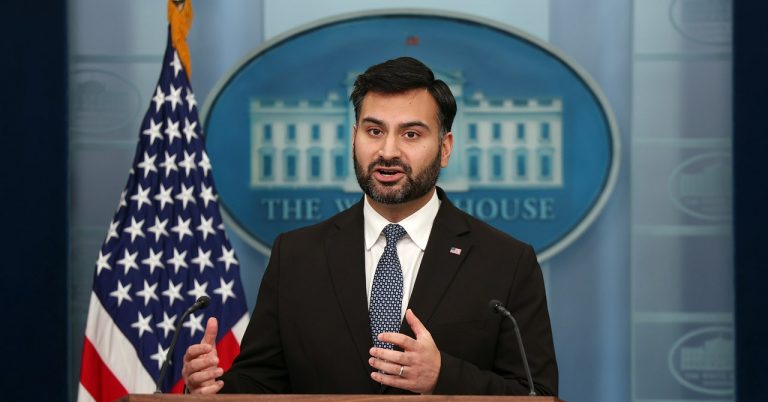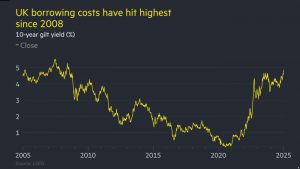- Xreal launches One Pro AR smart glasses at CES 2025
- It also announced a camera module for its One and One Pro glasses
- The glasses are launching in March for $599 / £549
I’m a big fan of Xreal’s AR smart glasses – that’s why they feature on TechRadar’s picks of the best smart glasses overall – thanks to their ability to give you a wearable home cinema experience using just the specs and a compatible USB-C device. And now that experience is about to get even better thanks to two new innovations the company has showcased at CES 2025.
The first is new AR glasses in the form of the Xreal One Pro. A follow-up to the Xreal One, these smart glasses pack a 57-degree field-of-view, 700 nits of brightness, Bose sound, adjustable interpupillary distance, a vibrant Full-HD picture, and Xreal’s own X1 spatial computing chip. All in a package that weighs just 87g
They’re impressive-looking glasses based on my hands-on experience with them so far – so impressive that we’ve awarded them a best of CES 2025 award – and we’re excited to test them out further ahead of their March launch. The Xreal One Pro are up for preorder now at $599 / £549.
Let there be sight

Even more impressive than the glasses themselves, however, is the new 12MP camera module that Xreal is launching for both the Xreal One and new One Pro: the Xreal Eye.
This optional attachment gives Xreal’s specs vision capabilities that right now allow for first-person photo and video capture. “Later this year” though, the camera will also offer image-based multimodal AI capabilities – which should be similar to the AI features we’ve seen in the popular Ray-Ban Meta smart glasses, including its ‘Look and ask’ feature.
The Xreal Eye is up for preorder at $99 / £99, and it looks like a solid update to Xreal’s existing specs, and offers a future-forward modular approach which is something I’ve been a fan of in XR for a while, as it gives users the freedom to construct the headset or glasses that best suits their needs and wants.
We’ll have to wait and see how the Eye perform in our full-review when they’re released, as while I was able to wear specs with the camera module attached, I wasn’t able to snap a picture with them or see the AI in action during my hands-on time.
We’re covering all of the latest CES news from the show as it happens. Stick with us for the big stories on everything from 8K TVs and foldable displays to new phones, laptops, smart home gadgets, and the latest in AI.
And don’t forget to follow us on TikTok for the latest from the CES show floor!

























+ There are no comments
Add yours